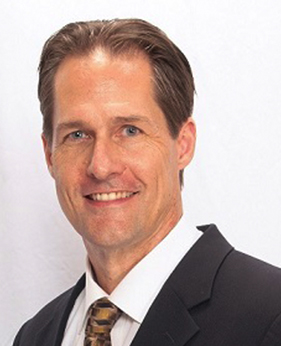
BLOG
—
Managing Surprises, Part 1: Helping Clients Look Their Best
Experienced professionals generally understand the value of building on successes and learning from failures. I’ve had some of both, and like nearly everyone else, I greatly prefer success. Logically then, I don’t want to miss opportunities for growth or the benefit of hard-earned lessons.
Of course, my clients prefer success as well, and they count on their consultants to help them succeed. They want us to help them look good—or at least avoid looking bad—in the eyes of their peers and especially their clients, which in the public sector include management, public officials and ultimately, the communities served. When they look good, they are confident in their abilities to support their families, pursue their career goals and enjoy their lives outside of work without undue disruption. If a consultant helps them to look good, they will typically want to work with that consultant again.
When we watch out for other people’s successes, reputations and overall well-being, it’s also good for business. If we accept the idea that making our clients look good is essential to our success as consultants, we can begin by taking a few basic precautions to help prevent our clients from looking bad.
What kinds of things make our clients look bad? In the public works arena, our clients look bad if service disruptions occur for unreasonable lengths of time or at unreasonable frequencies, or for reasons that should have been foreseeable and avoidable. They look bad if budgets are exceeded, schedules slip, rework is required, or goals and expectations are unmet. They look bad if stakeholders are uninformed or not given opportunities to weigh in at appropriate times. If those things happen because a consultant failed to plan properly, didn’t communicate effectively or in some other way failed to do what they said they would do, the client’s trust in that consultant—and often in the consulting profession as a whole—erodes. That’s bad for our clients, bad for relationships and bad for business.
One way that we help our clients look good is by proactively managing surprises. I occasionally see consultants promising a prospective client that if their firm is hired, the client will have “no surprises.” If I’m on the receiving end of that kind of promise, I know how it lands on me. They might as well tell me that I should be skeptical of every commitment they make.
If we embrace truth as a first principle, we understand surprises are sometimes unavoidable and we don’t try to convince our clients otherwise. What matters is that we proactively minimize surprises, and we bring to our clients the necessary skills, processes and organizational culture to effectively manage legitimately unforeseen developments that may happen during a project lifecycle. These organizational traits will, over time, be recognized and appreciated by the kinds of clients for whom quality consulting firms want to work.
With all the above in mind, I’m writing a few blogs in the coming weeks to share some lessons I’ve learned about managing surprises, since that is a key component of client-centered consulting. I offer these thoughts with gratitude to all of the good mentors and clients I’ve worked with over the years, and with the hope that my own lessons learned may be helpful to others.

Lee Smith
Leland (Lee) Smith, PE, PMP, D.WRE, is an engineer program director for Woolpert’s water market and is based in the firm’s Atlanta office. Leading project teams in problem definition, analysis and solution delivery for water infrastructure and water resource projects, Lee aspires to an increasingly client-centered approach to consulting for the advancement of good working relationships and elevation of the profession.


